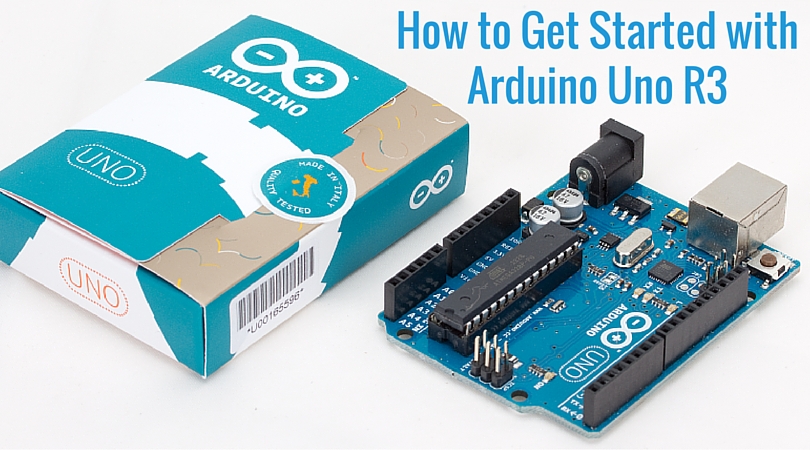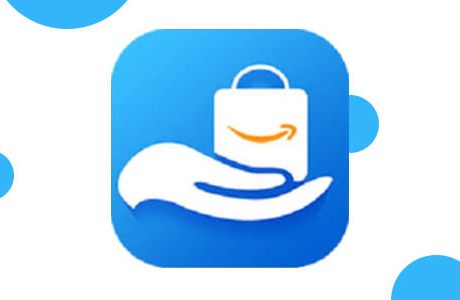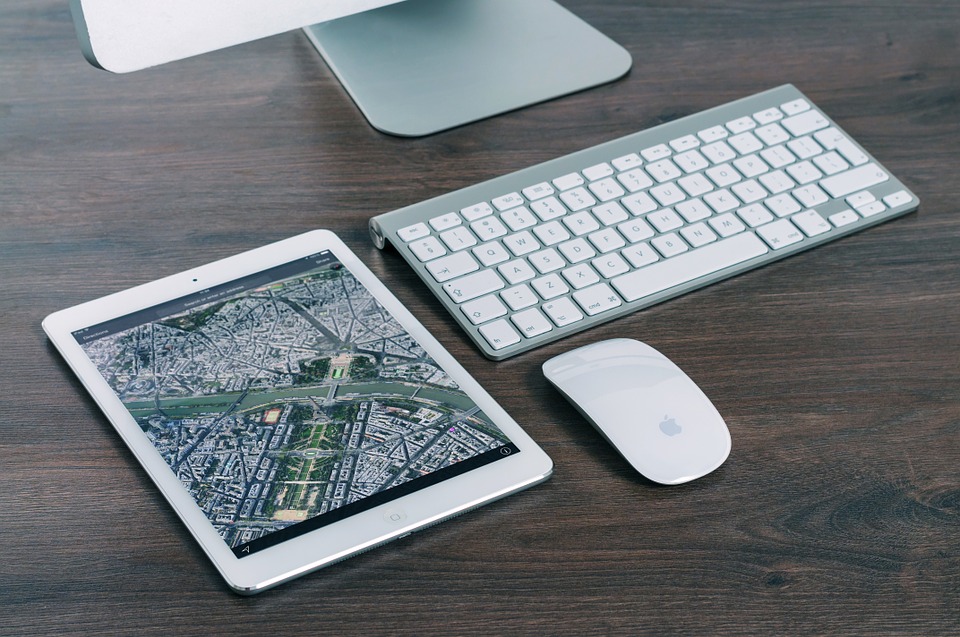In this post, you will know how to get started with Arduino UNO R3 board by knowing about the specifications, applications, shields, and programming with the Arduino UNO R3. We all know that Arduino is an open-source microcontroller which acts as a prototyping platform with the help of easy-to-use software and hardware. The Arduino boards can do single and repetitive tasks like reading temperature inputs, light on a sensor, a twitter message, and provides output for activating a motor, publishing something online, or turning on an LED. You can send the instructions to the microcontroller board to tell the Arduino what to do. The Arduino UNO R3 board is the latest of the Arduino boards after Duemilanove and is the most popular microcontroller board among the engineering students.
Specifications of the Arduino UNO R3
- It has digital I/O pins to make a communication with external devices
- It comes with ICSP pins and an ATMEGA32 microcontroller
- The Analog pins and power pins are used to communicate with the analog world like sensors and to power up your Arduino
- A DC power supply connector of 9-12 volts comes with the board
- With the USB connector, you can connect your Arduino UNO R3 with computer
- Comes with 2KB SRAM and 1KB EPROM with a flash memory of 32KB
Applications you can use the Arduino UNO R3
The Arduino UNO R3 board is very easy to be used for the embedded system applications. If you are not an expert in programming and still want to work in the environment of embedded systems, then the Arduino UNO R3 is the best option to go for the development of the embedded project. Some of the Applications you can use your Arduino UNO R3 board are:
- Robotics
- Wi-Fi and Bluetooth
- GSM based projects
- Ethernet-based projects and
- Many other applications
Arduino Shields
Arduino shields are the best companions of the Arduino UNO R3 board which can be used to do various tasks. There are a number of options from where you can buy the Arduino Shields, also, if you have enough programming skills, then you can build your own too.
Some of the famous shields for the Arduino UNO R3 are:
- Wi-Fi Shield
- Motor controller shield
- Camera interfacing shield
- Bluetooth shield
- ZigBee shield
- GSM shield and much more
How to program the Arduino UNO R3:
You can download the free software Arduino IDE for the programming from the Arduino Website. The program is easy to install on your computer, just follow the simple steps on the site. The software provides you sketches for the different libraries like Ethernet, Bluetooth, GSM, etc. Click here to watch the video tutorial for the Arduino software download and Arduino Tutorials.
The Arduino UNO R3 is an automatic circuit board which selects USB or DC power without the help of jumper! It is completely coded and pin-compatible with older Arduinos, so your old libraries, shields, and code will work with it as well. The 3rd revision of the Arduino UNO, the Arduino UNO R3 has a few updates including an upgrade to a USB interface chip with more breakout for the IORef pin and the i2c pins. It has a stronger reset circuit as well. The Arduino UNO R3 is a reference footprint model for the Arduino platform.





















